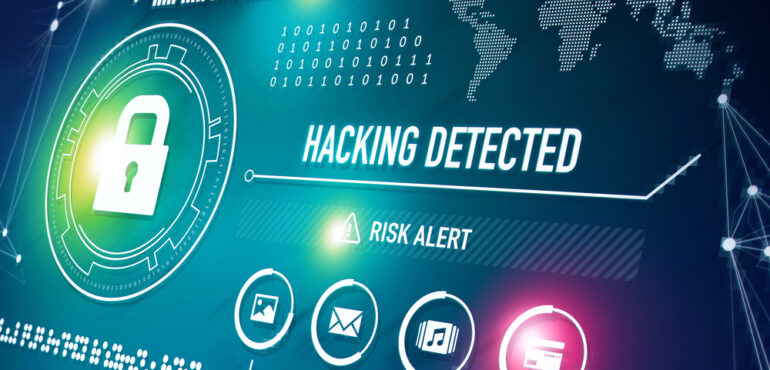In a world driven by digital data, cybersecurity matters more than ever. Ethical Hacking and the Law: What’s Legal and What’s Not guides you through the legal landscape of hacking. You’ll learn where ethical hacking ends and illegal hacking begins. This article offers clear definitions, real-world examples, and practical advice for businesses, IT pros, and students. By the end, you’ll understand how to stay within legal boundaries while strengthening security.
Ethical Hacking and the Law: What’s Legal and What’s Not – Legal Foundations
1. Written Authorization
Ethical hacking hinges on written permission. Before testing any system, ethical hackers secure a signed agreement. This document defines scope, rules of engagement, and reporting obligations. Without it, even helpful probing is illegal under laws like the U.S. CFAA (Computer Fraud and Abuse Act).
2. Jurisdictional Considerations
Laws vary globally. The EU’s GDPR controls personal data processing, not hacking specifically. Still, GDPR fines can apply to breaches. In India, the Information Technology Act criminalizes unauthorized access. Ethical hackers must know local regulations before testing any system.
3. Scope and Limitations
Scope limits what testers can examine. It specifies IP addresses, domains, and testing windows. It also forbids data destruction. Ethical hacking contracts often include non-disclosure clauses. These protect both the client and the hacker’s professional reputation.
What to Expect When You Hire an Ethical Hacker (7 Process and Outcomes)
Ethical Hacking and the Law: What’s Legal and What’s Not – Key Boundaries
1. Reconnaissance vs. Intrusion
Passive reconnaissance—collecting public information—is almost always legal. Ethical hackers use tools like Shodan to map exposed devices. Active scanning, however, can trigger intrusion laws if done without permission. Always confirm scanning permission in writing.
2. Vulnerability Scanning vs. Exploitation
Automated vulnerability scans find weaknesses without breaking in. Exploitation attempts to prove vulnerabilities exist. Ethical hackers exploit only within a controlled lab environment or under explicit contract terms. Unauthorized exploitation breaches both law and ethics.
3. Data Handling and Privacy
Accessing user data—such as customer records—without consent violates privacy laws. Even during legal tests, ethical hackers minimize data exposure. They use masked or synthetic data when possible. Any real data must be handled under strict confidentiality agreements.
Ethical Hacking and the Law: What’s Legal and What’s Not – Regulatory Frameworks
1. U.S. Computer Fraud and Abuse Act (CFAA)
The CFAA makes unauthorized computer access a federal crime. Penalties include hefty fines and years in prison. Ethical hacking with explicit authorization falls outside CFAA violations. Yet, language in contracts must clearly define permitted activities.
2. European Union’s GDPR
GDPR demands data controllers protect personal data. A breach due to negligent security can incur fines up to €20 million or 4% of global revenue. Ethical hacking helps organizations comply by finding and fixing security gaps before breaches occur. For more on compliance, see the European Data Protection Board.
3. ISO and NIST Standards
International standards like ISO/IEC 27001 and the NIST Cybersecurity Framework guide best practices. They aren’t laws but are widely adopted in regulations and procurement. Ethical hackers often align tests with these frameworks to ensure results translate into recognized controls.

Ethical Hacking and the Law: What’s Legal and What’s Not – Best Practices
1. Use Clear Contracts
Draft a detailed engagement letter before testing. It should list permitted IPs, testing methods, and timeframes. Legal teams and IT staff must review and sign it. A well-written contract prevents misunderstandings and legal exposure.
2. Follow a Standard Methodology
Adopt frameworks like OWASP for web apps or PTES (Penetration Testing Execution Standard). These methodologies ensure consistent, thorough assessments. They also help justify testing approaches if legal questions arise.
3. Report Responsibly
Ethical hackers deliver clear, actionable reports. They highlight critical issues first and suggest remediation steps. Reports avoid technical jargon when possible. They also document every test to prove compliance with agreed-upon scope.
Conclusion
Understanding Ethical Hacking and the Law: What’s Legal and What’s Not is vital for anyone involved in cybersecurity. Legal hacking requires written authorization, clear scope, and rigorous methods. Illegal hacking—any unauthorized access—carries serious consequences. By following laws like the CFAA and frameworks such as ISO/IEC 27001, you can harness ethical hacking to strengthen defenses without risking legal trouble. Ready to secure your systems? Contact our experts today.



No responses yet